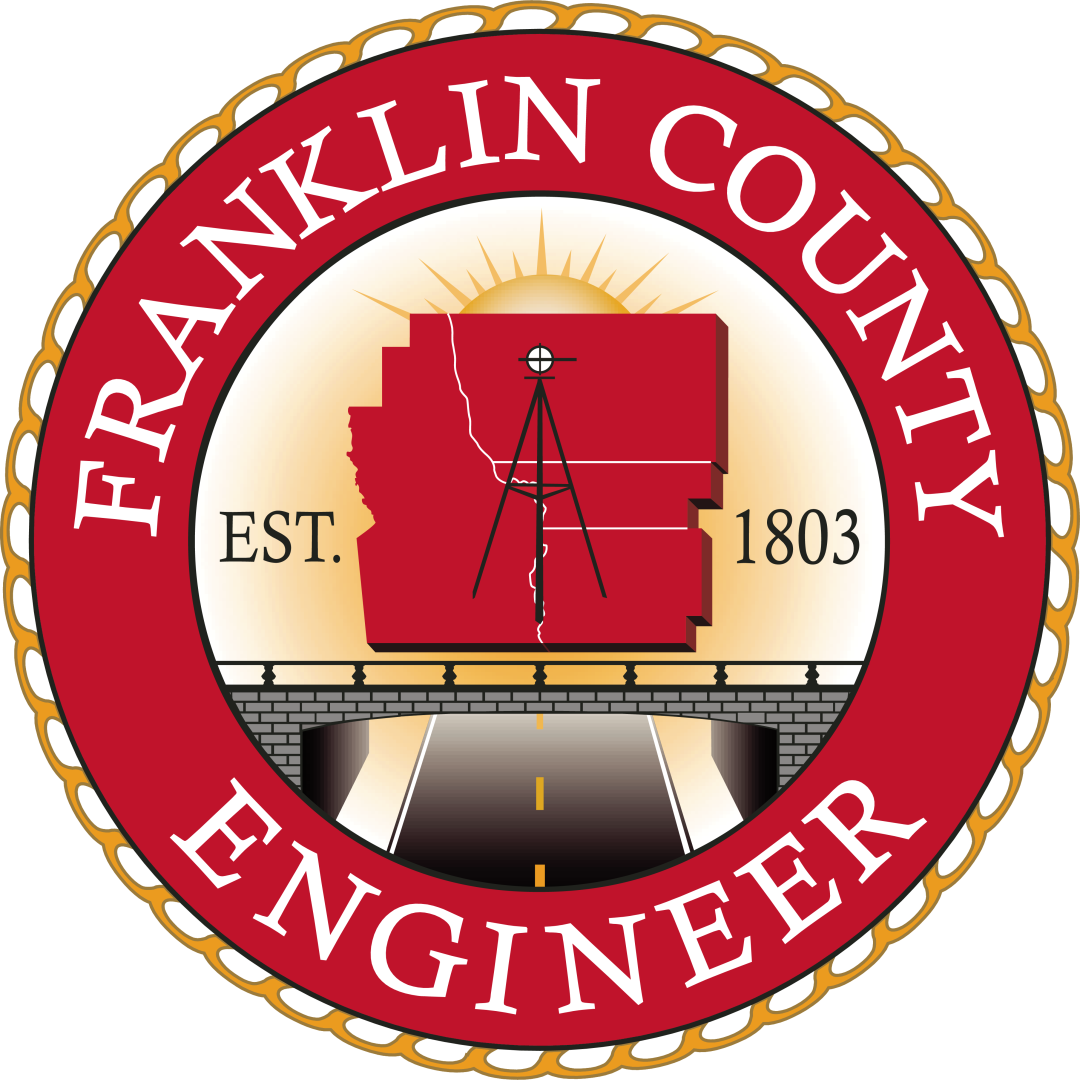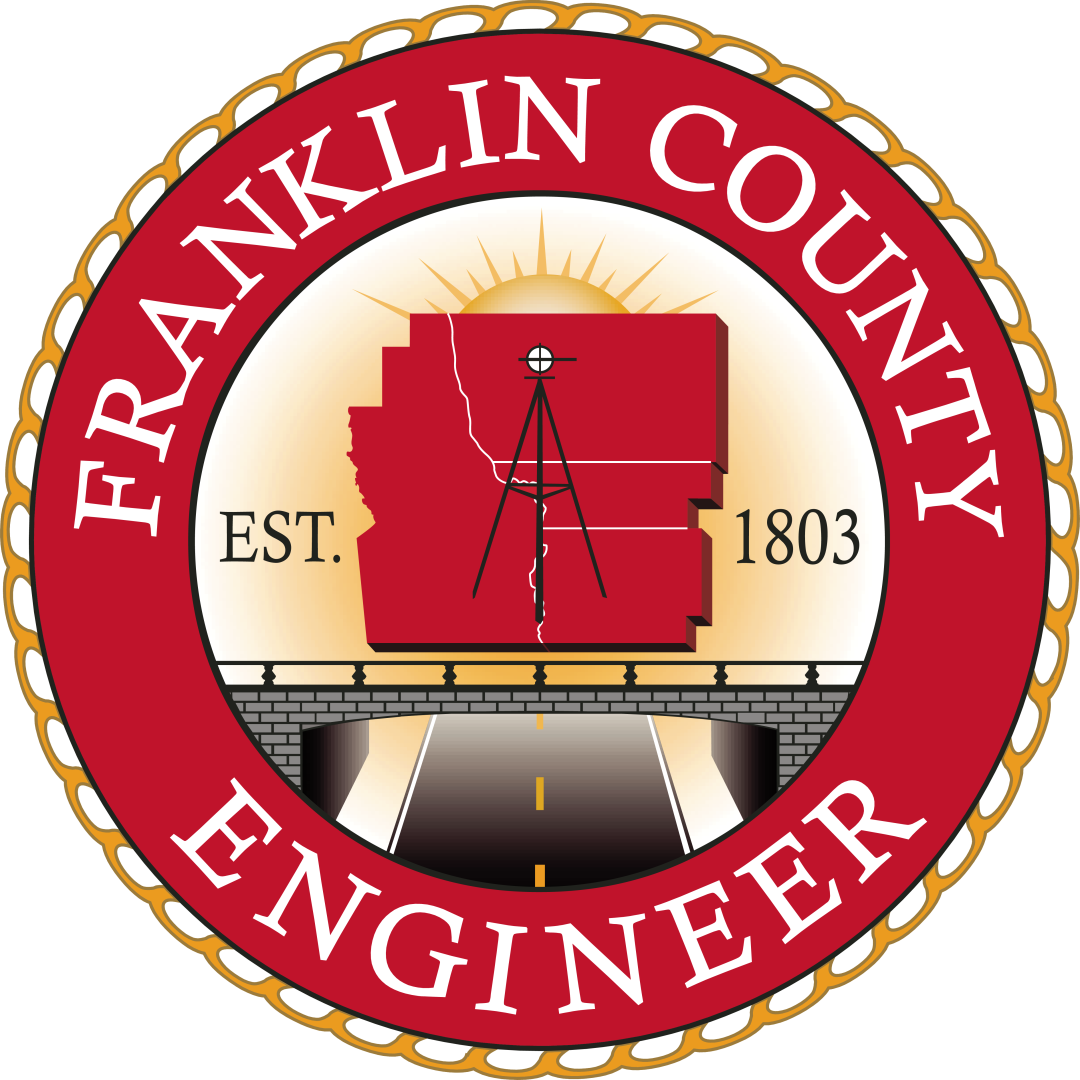Surveyor’s Journal Entry Eleven
Canadian War Refugees are Compensated with Land
As early as 1783, Congress had discussed the idea of compensating Canadian citizens that had lost property as a result of their support of the American Revolution.
In 1801, Deputy Surveyor Elnathan Schofield was assigned the task of resurveying a narrow strip of Congress Lands, between modern-day Fifth Avenue and Refugee Road, in preparation for the resettlement of Canadian refugees. The Refugee Tract was four-and-a-half miles wide, north to south, and reached eastward from the Scioto River a distance of 48 miles through modern-day Franklin, Licking, Fairfield, and Perry Counties.
One of the first to be awarded land by Congress was Colonel James Livingston, of Quebec and New York State, who had commanded the 1st Canadian Regiment of the Continental Army. He received 1,280 acres in the vicinity of the township that would be named in honor of his cousin Janet’s husband, General Richard Montgomery, who was killed leading an attack on Quebec City in December 1775.
By 1812, there were 67 Canadian refugee families that had been granted approximately 58,000 acres of the 103,527 acre tract.
Within Franklin County, the tract was eventually divided into the following political subdivisions:
Montgomery Township (1807), which became Marion Township (1873) following partial annexation by Columbus
Truro Township (1810)
Town of Columbus within Montgomery Township (1812)
Town of Reynoldsburg within Truro Township (1831)
The sale of land and land warrants by Canadian refugees enabled the creation of Ohio’s capital.





